The Royal Air Force has long maintained the ability to move personnel and materiel around the globe in support of operations and it has never had a more capable and reactive transport fleet than it does now.
RAF Brize Norton in Oxfordshire is the Royal Air Force's largest station and home to the UK's Air Mobility Force of C-130J Hercules, C-17 Globemaster III, Atlas (A400M) and Voyager.
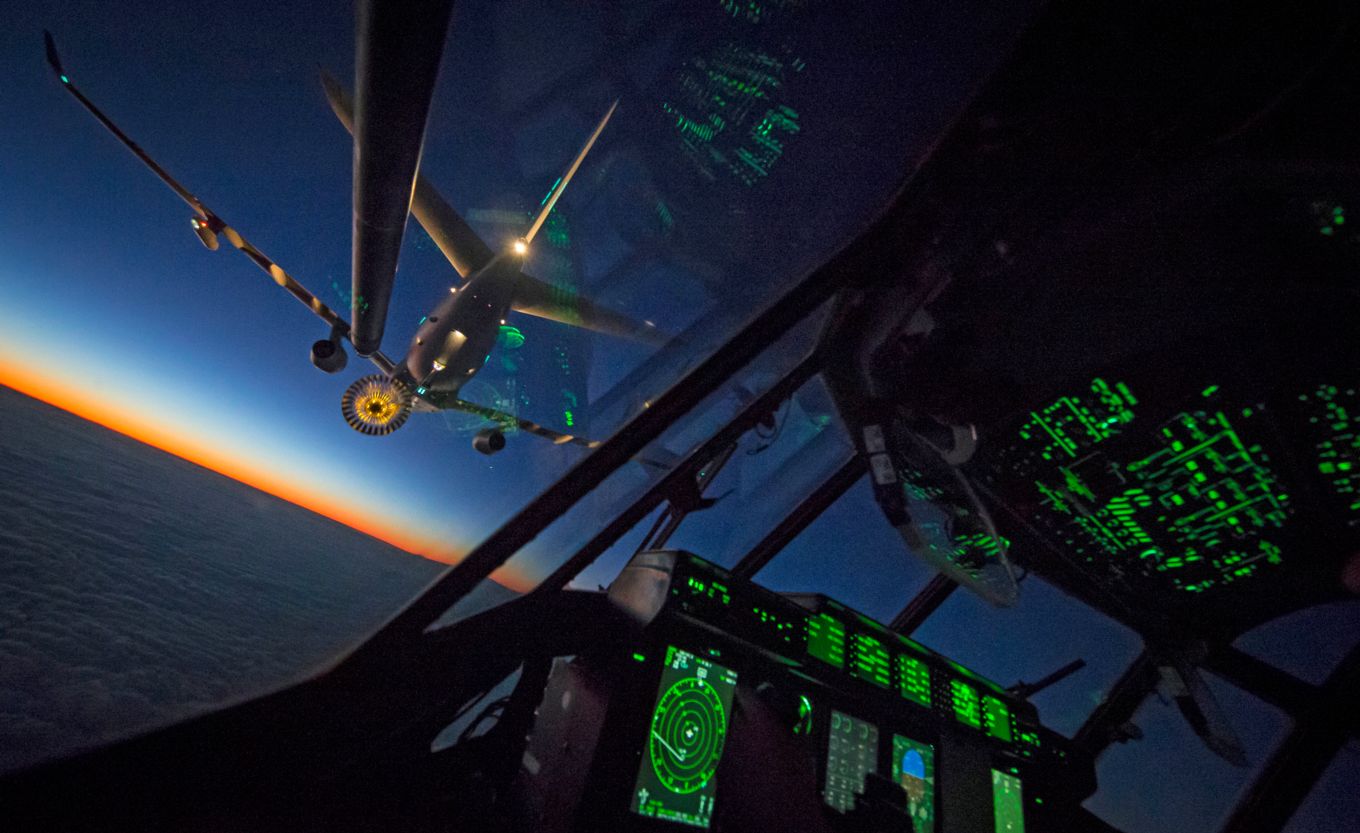
But what is Air Mobility and what does it mean to the UK's Armed Forces?
RAF Brize Norton and RAF Northolt are two stations that are dedicated to Air Mobility.
The Royal Air Force has never been better equipped for the tasks it may face and Air Mobility is no exception.
%20(2).jpg)
The Atlas (A400M)
The Atlas, more commonly known as the A400M, made its maiden flight in 2009.
A first true operational test for the A400M was delivering humanitarian aid to the Caribbean in response to hurricane Irma in September 2017. Two aircraft were deployed and working with other RAF Air Mobility Force assets, delivered over 1,500 tonnes of supplies.
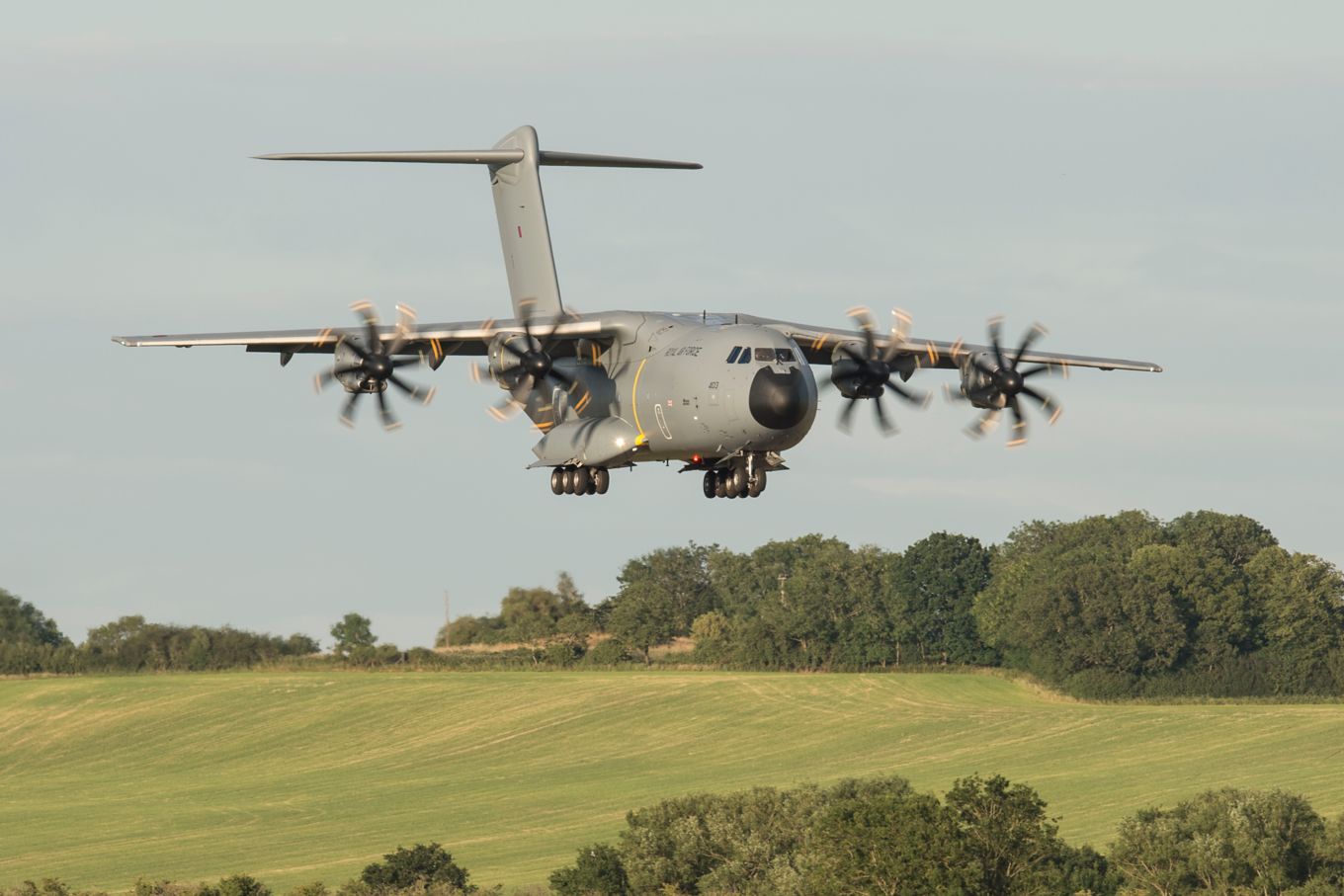
Most recently the A400M supplied aid to Mozambique in response to devastating flooding, in both cases taking advantage of the aircraft’s ability to land on short, damaged runways unable to support the physical weight of larger aircraft.
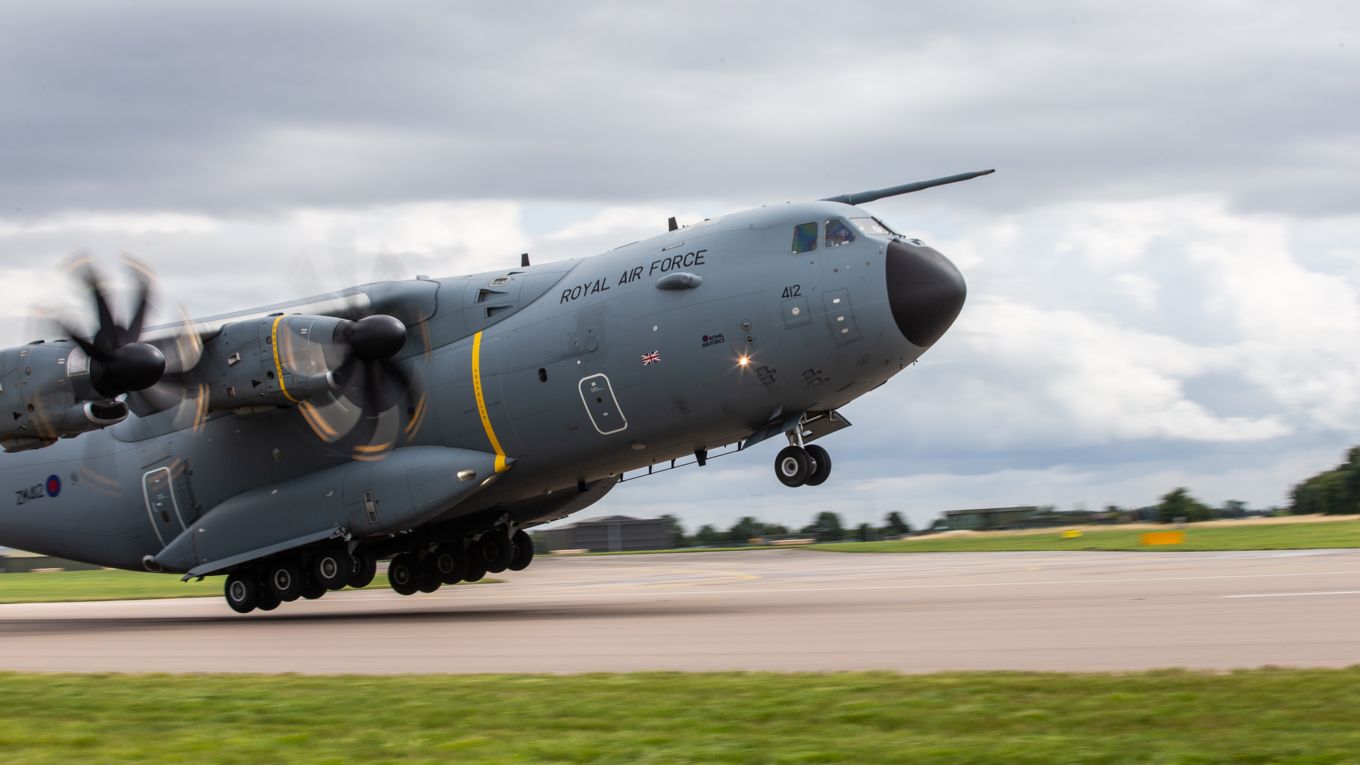
The A400M has also been used in the crucial aeromedical evacuation role, recovering back to the UK two British personnel injured in a paragliding incident in continental Europe. Not only is the A400M working hard around the world, it is also breaking records. In November 2018 an RAF Atlas (A400M) air-dropped a load of 23 tonnes onto Salisbury Plain, the heaviest overall load ever air-dropped by a UK aircraft.
C-17 Globemaster III
The first Boeing C-17 Globemaster III was introduced into the Royal Air Force service in May 2001, as part of a four aircraft lease from the United States.
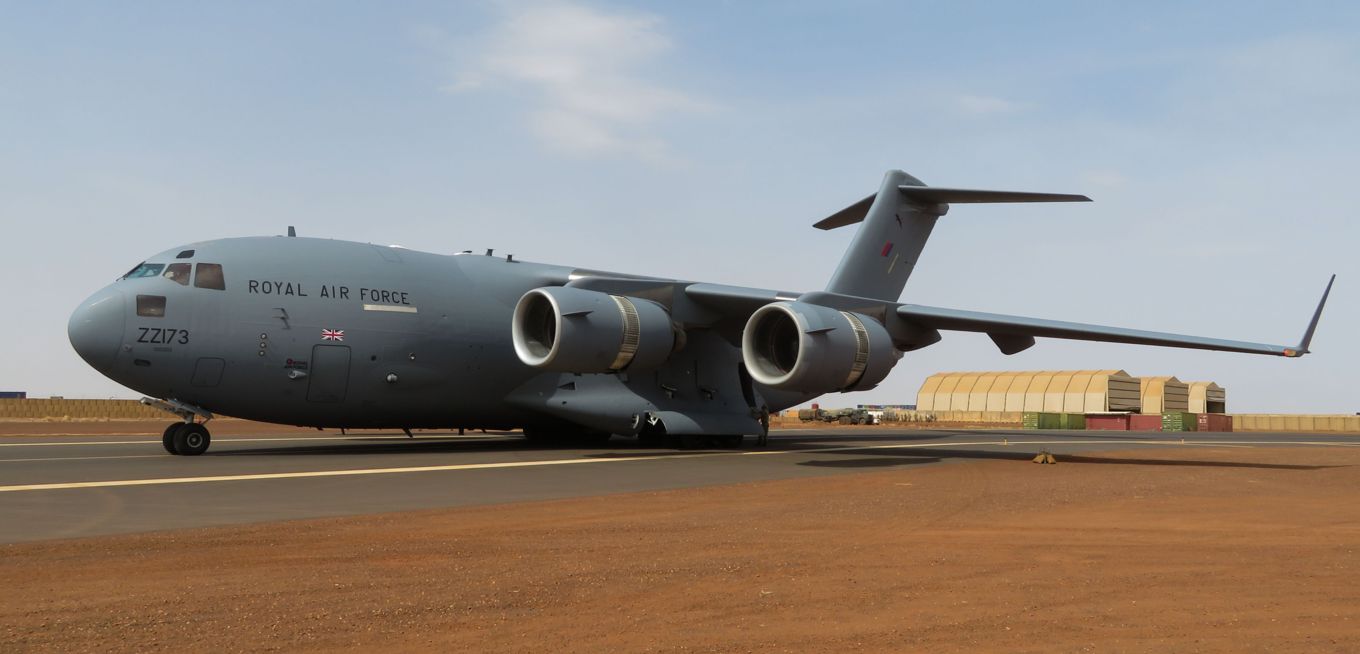
These initial aircraft were intended to serve as a stop-gap until the A400M was delivered, however it performed so well the Ministry of Defence elected to purchase the aircraft at the end of the lease in 2008.
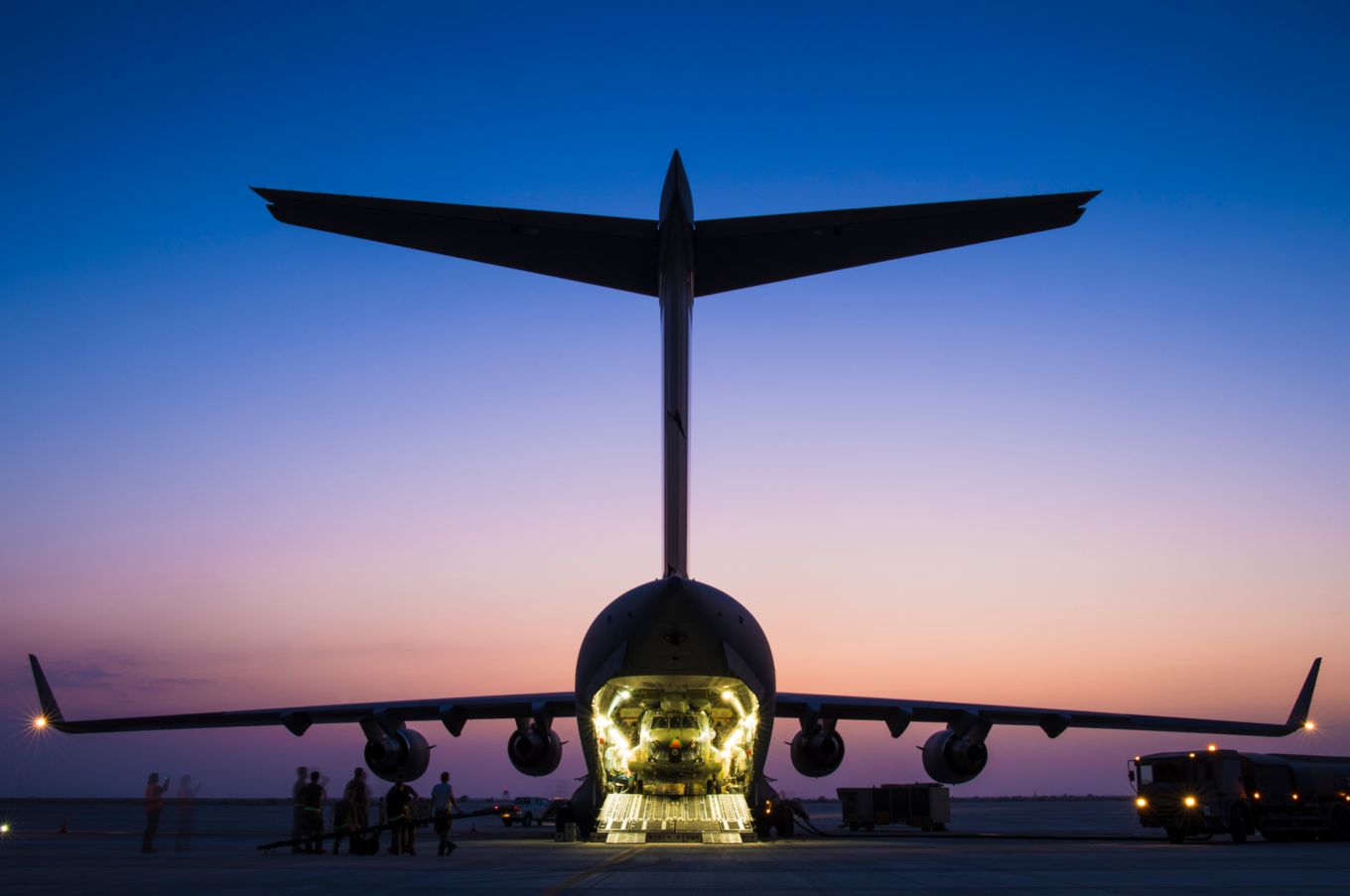
The C-17 Globemaster III is the go-to asset to move out-sized pieces of cargo into theatre, fast.
“We have proven for 15 years now we are second-to-none for taking large loads long distances. The aircraft is very adaptable and reliable."
RAF Logistics Officer
A key design feature of the C-17 is the ease in which it can be rerolled:
“The aircraft is very loadmaster friendly, we have flip rollers in the floor and 54 seats that can be flipped down in a matter of seconds which means a single loadmaster can go from full seating to a flat floor in under half an hour"
RAF Logistics Officer
C-17 also evacuated people from South Sudan in 2013 and repatriated those killed in the Tunisia attacks in 2015.
C-130J Hercules
The Royal Air Force has had a long partnership with the Lockheed Martin C-130 Hercules since 1967 and the most recent iteration - the C-130J Hercules is no exception.
The aircraft saw extensive use during the Iraq and Afghanistan conflicts but now finds itself working almost exclusively in the tactical environment.
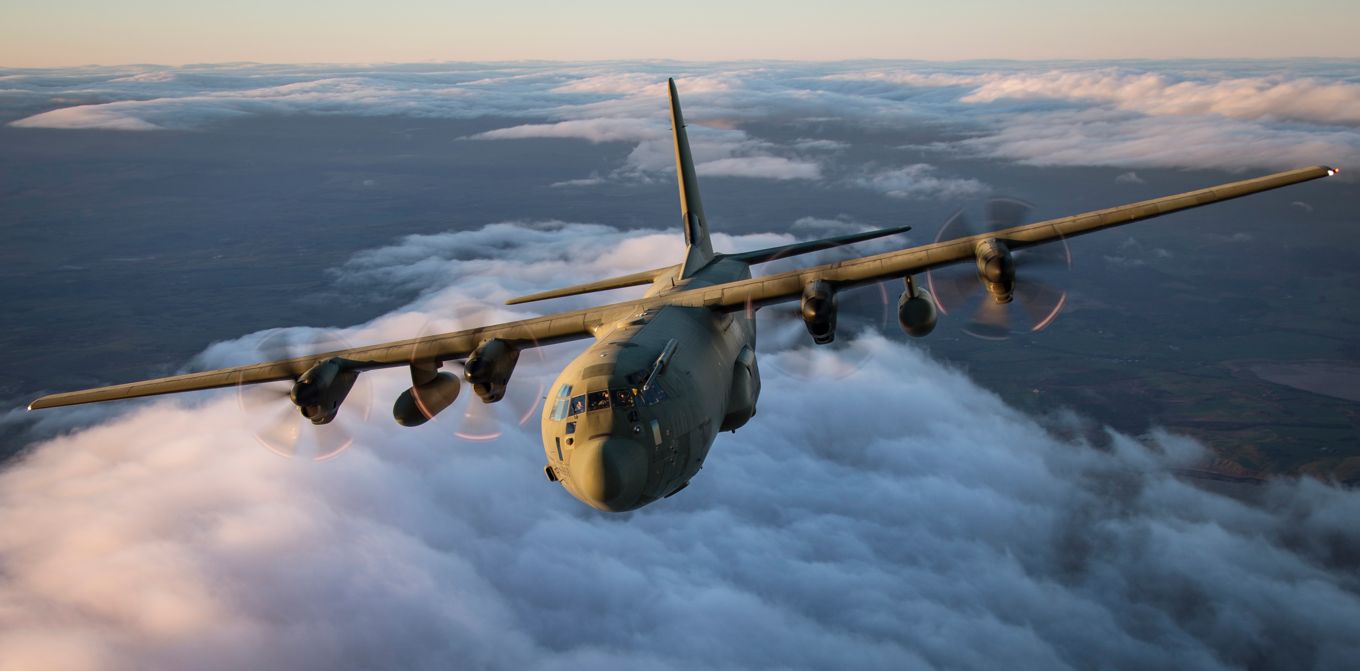
The Royal Air Force has dedicated C-130 squadrons, 24 Squadron is the Operational Conversion Unit and 47 Squadron conducts operational tasking. A400M is taking over the A-to-B route flying from the C-130 force which allows more assets to be dedicated to the tactical role.
But it isn’t just at home the C-130 shines:
“We have a good working relationship with other users of the aircraft abroad, we often undertake exchange tours with the United States and Australia. French and Italian guys train with us."
RAF C-130J Hercules Pilot
When the J model Hercules entered service there were those who said it would never be better than its predecessor (C-130K) but it overcame that and become amazing, the Atlas (A400M) will be the same.
VOYAGER - Fuelling the force
Another member of the Air Mobility Force is Voyager. An air-to-air refuelling (AAR) tanker and also operates as strategic air transport cargo based on the Airbus A330 commercial airliner and is the largest aircraft ever operated by the Royal Air Force.
Voyager first entered service in 2012 with 10 Squadron; 101 Squadron stood up as the second unit in 2013. Voyager replaced two aircraft; the VC-10 and Tristar.
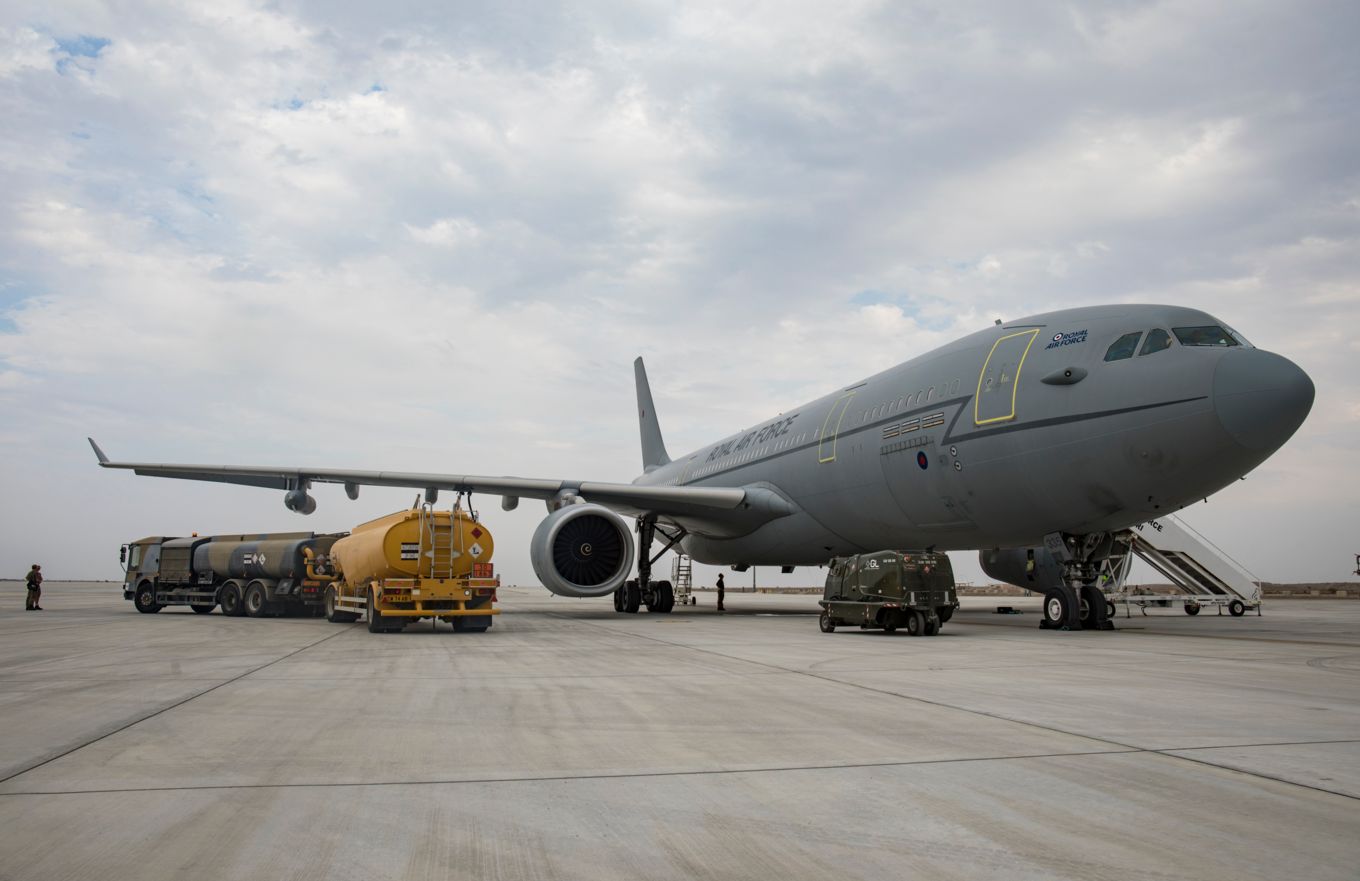
The new aircraft also brought about an increase in capabilities; it can carry a larger number of passengers over a greater distance than its predecessors.
With a capacity of 111 tonnes, Voyager can carry more fuel than any other in-service tanker, giving it the ability to refuel more aircraft during a mission than any of its rivals.
Thanks to two wing-mounted Cobham fuelling pods Voyager can refuel two smaller aircraft simultaneously, or one large aircraft using a central, fuselage mounted hose.
Nine aircraft are in permanent use by the RAF (core fleet), the remaining five (a surge capability) are leased to commercial airlines.
These aircraft have their liveries changed and military equipment (refuelling equipment and defensive aids suite) is removed.
By leasing out aircraft not required by the RAF, they generate additional revenue which is used to deliver better value to the taxpayer.
Voyager’s force is boosted by the integration of the Link-16 tactical data link.
The data link analyses data on their commercial aircraft and shares it to members, whether they be ships, aircraft, vehicles or individual troops. They can share live information about themselves with others on the network.
Information can include their location, altitude, speed, heading and weapons they are carrying. It also allows for secure voice-communication, text messaging and image sharing through the Multifunctional Information Distribution System (MIDS).
In a combat situation this information would also allow tanker crews to determine how much fuel they can offload to receivers more quickly and more accurately, maximising their combat effectiveness.
Voyager brings the Royal Air Force the ability to project air power over a longer distance, for more of the time, than ever before.
The People
.jpg)
The final and perhaps most vital element of the Royal Air Force’s Air Mobility Force is one that has been in place since the very beginning; its people.
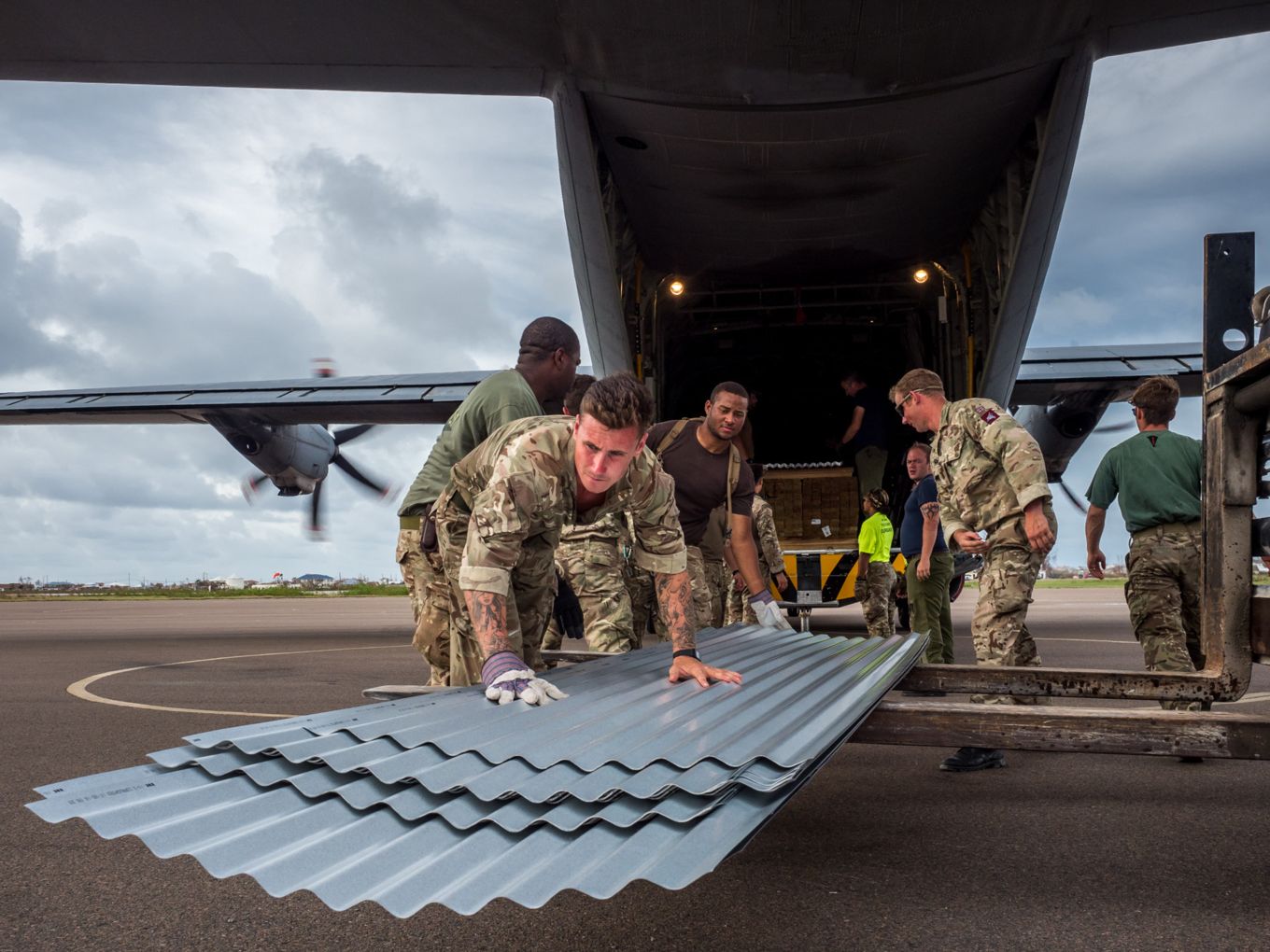
It is the people who work tirelessly 24 hours a day, 365 days a year to ensure cargo is delivered, aid arrives where it is most needed and the critically injured can be evacuated.




